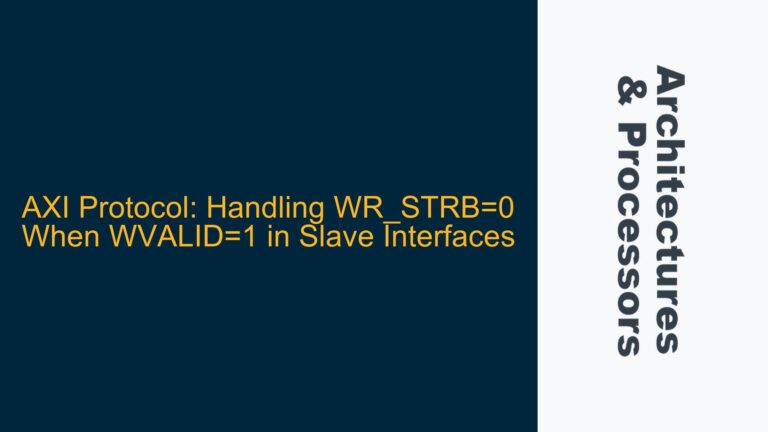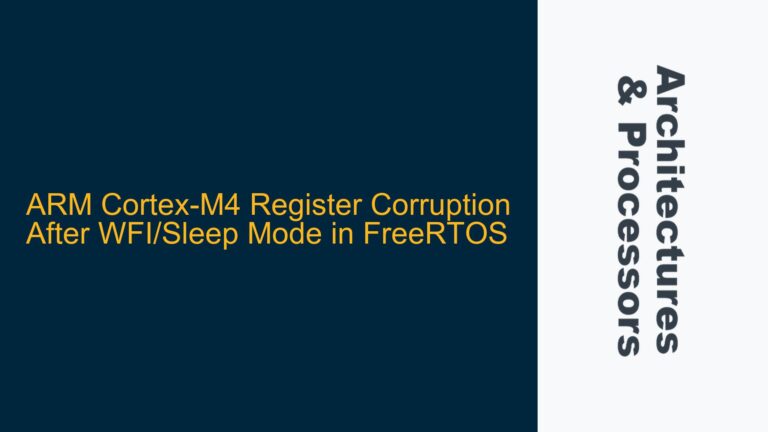ARM Trace and SPE: Distinct Use Cases and Functional Overlaps
ARM Trace and the Statistical Profiling Extension (SPE) are two powerful features in ARM architectures that serve different but complementary purposes in performance analysis and debugging. ARM Trace provides a complete historical record of instruction execution, which is invaluable for debugging and code coverage tasks. On the other hand, SPE offers detailed statistical profiling data, which is primarily used for performance analysis and optimization. While both features can output profiling information such as program counter (PC) values and performance register data, their underlying mechanisms and use cases are fundamentally different.
ARM Trace captures every instruction executed by the processor, creating a comprehensive timeline of program execution. This is particularly useful for identifying bugs, understanding complex code paths, and ensuring that all parts of the code are exercised during testing. Trace data is typically used in post-processing analysis, where developers can replay the execution to pinpoint issues.
SPE, in contrast, samples the execution at regular intervals, collecting statistical data about the program’s behavior. This includes information such as branch mispredictions, cache misses, and other performance-critical events. SPE data is accessible to software in real-time, making it suitable for live performance monitoring and optimization. Tools like perf and Arm Streamline leverage SPE data to provide insights into application performance, helping developers identify bottlenecks and optimize their code.
The key difference lies in the granularity and scope of the data collected. ARM Trace provides a deterministic, instruction-by-instruction account of execution, while SPE offers a probabilistic, event-driven view of performance. This distinction makes each tool suited to different stages of the development cycle: Trace for debugging and SPE for performance tuning.
Memory and Performance Overhead: Trace vs. SPE
One of the critical considerations when using ARM Trace and SPE is the impact on system performance and memory usage. ARM Trace, due to its comprehensive nature, can generate large volumes of data, especially in systems with high instruction throughput. This can lead to significant memory and storage requirements, as well as potential bottlenecks in data transfer and processing. The overhead of capturing and storing trace data can also affect the real-time behavior of the system, making it less suitable for performance-critical applications.
SPE, being a sampling-based approach, has a much lower overhead. By capturing only a subset of execution events, SPE minimizes the impact on system performance and memory usage. This makes SPE more suitable for continuous monitoring and profiling in production environments. However, the trade-off is that SPE provides less detailed information compared to Trace. While SPE can highlight performance issues, it may not capture the exact sequence of instructions leading to those issues, which is where Trace excels.
Another aspect to consider is the configurability of both features. ARM Trace can be filtered to capture specific regions of code or types of events, reducing the volume of data generated. SPE, on the other hand, allows developers to adjust the sampling rate and focus on specific performance metrics. This flexibility enables developers to tailor the use of Trace and SPE to their specific needs, balancing the level of detail against the system overhead.
Integrating Trace and SPE for Comprehensive Analysis
While ARM Trace and SPE serve different purposes, they can be used together to provide a more comprehensive view of system behavior. For instance, Trace can be used to capture detailed execution data during the development and debugging phases, while SPE can be employed for ongoing performance monitoring in production. By correlating data from both sources, developers can gain deeper insights into both the functional correctness and performance characteristics of their applications.
One approach to integrating Trace and SPE is to use Trace to identify specific code regions or execution paths that exhibit performance issues, and then use SPE to gather detailed profiling data for those regions. This combined approach allows developers to pinpoint the root cause of performance bottlenecks and optimize their code more effectively.
Another integration strategy is to use SPE data to guide the configuration of Trace. For example, if SPE identifies a particular function as a performance hotspot, developers can enable Trace for that function to capture detailed execution data. This targeted use of Trace reduces the overall data volume while still providing the necessary level of detail for analysis.
In conclusion, ARM Trace and SPE are powerful tools that, when used together, can provide a complete picture of system performance and behavior. By understanding the strengths and limitations of each tool, developers can leverage them effectively to optimize their applications and ensure reliable system implementations.






